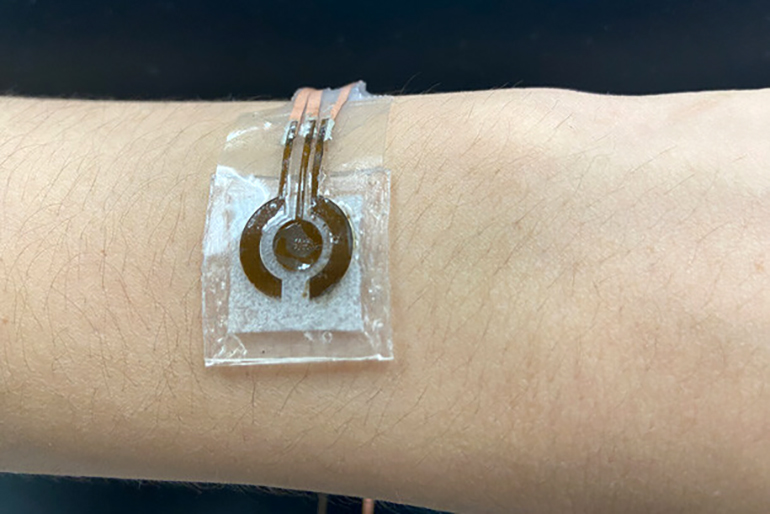We humans are constantly dealing with a ton of factors. Regardless of what we are trying to achieve, and as basic as it might be, there are always some supporting elements in play that demand a certain level of dedicated consideration. Now, for years, we have struggled to come up with an approach that satisfies every relevant interest, but when technology arrived to the fore, it finally felt like a meaningful breakthrough. After all, this was a creation that pretty much sold itself on its versatility. However, even a creation of such phenomenal capabilities had to go through the trenches before it got to see any sunlight. The doubt born out of technology’s volatile nature kept it from being fully embraced across the board and that provided the tech believers with an onus to prove its worth. Hence, they set off on a whole new journey to further scale up what was already an unprecedented idea. The result, as you can guess, was beyond special. All of a sudden, the world around us was becoming more and more tailored to our needs. An imprint of the said pattern also got into the medical sector, a foray that will change the way we look at our health forever. On a granular level, this change was collectively orchestrated by different tech products, and as it looks like, one more has joined the party to make the revolution bigger and better.
The researching team at Penn State University has developed a one-of-a-kind wearable glucose monitor that is purposed to measure your glucose levels in real-time through the medium of sweat. Up until now, in order to measure their glucose levels, one had no option but to go for highly-invasive methodologies such as traditional finger stick tests or implantable monitors, therefore the advancement made by Penn State University’s team could very well be a gamer-changer. The technology works by drawing sweat into a microfluidic chamber located within the device, and once that’s done, the alkaline solution gives you a measurement of the glucose levels by causing a reaction in the alloy, and consequentially, the electrical signal.
“We want to work with physicians and other health care providers to see how we can apply this technology for daily monitoring of a patient,” said Huanyu Cheng, a researcher involved in the study. “This glucose sensor serves as a foundational example to show that we can improve the detection of biomarkers in sweat at extremely low concentrations.”
Apart from the general ease of it, the device also helps us in bypassing the storage needs of more widely-used enzymatic sensors, thus significantly bringing the costs involved in the whole operation.



















